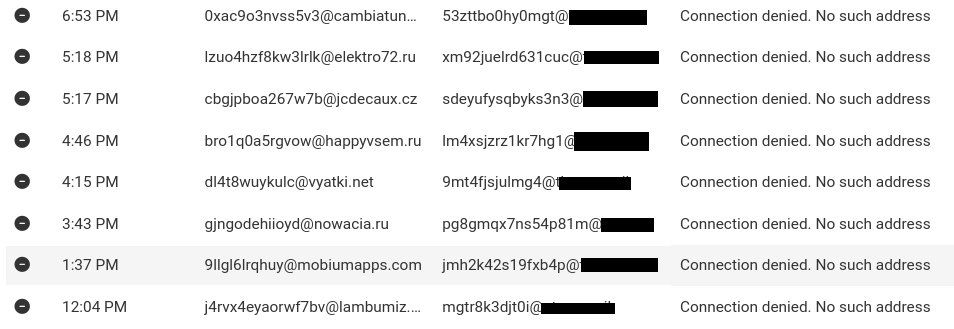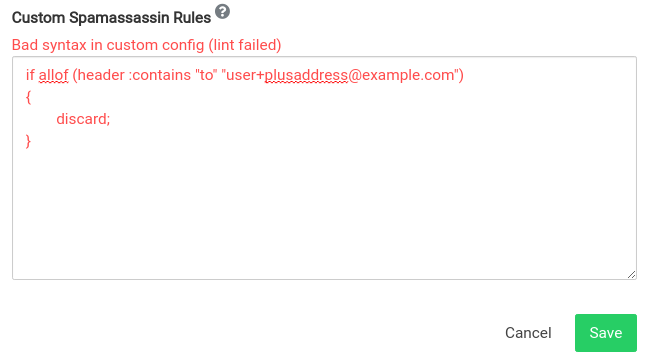Description
Minio has been working flawlessly for years as the configured backup destination. Ever since the automatic Cloudron update to 9, the Minio/S3 backup fails due to a region configuration issue.
I could have sworn the previous Cloudron versions had a "region" option in the S3 configuration. However, now there is none. And would probably explain this resulting issue.
Possibly related to this recent issue: https://forum.cloudron.io/topic/13970/error-configuring-backup-cloudflare-r2-object-storage
Steps to reproduce
Configure Minio backup with a region configured, and attempt to add it. Alternatively, test your existing Minio implementation w/ configured region, and attempt to run a backup.
Logs
Dec 06 20:34:50 box:tasks setCompleted - 12771: {"result":null,"error":{"message":"Backup endpoint is not active: Error listing objects. code: AuthorizationHeaderMalformed message: The authorization header is malformed; the region is wrong; expecting 'seattle'. HTTP: 400","reason":"External Error"},"percent":100}
Dec 06 20:34:50 box:tasks updating task 12771 with: {"completed":true,"result":null,"error":{"message":"Backup endpoint is not active: Error listing objects. code: AuthorizationHeaderMalformed message: The authorization header is malformed; the region is wrong; expecting 'seattle'. HTTP: 400","reason":"External Error"},"percent":100}
Dec 06 20:34:50 box:taskworker Task took 2.018 seconds
Dec 06 20:34:50 BoxError: Backup endpoint is not active: Error listing objects. code: AuthorizationHeaderMalformed message: The authorization header is malformed; the region is wrong; expecting 'seattle'. HTTP: 400
Dec 06 20:34:50 at runBackupUpload (/home/yellowtent/box/src/backuptask.js:204:15)
Dec 06 20:34:50 at process.processTicksAndRejections (node:internal/process/task_queues:105:5)
Dec 06 20:34:50 at async uploadAppSnapshot (/home/yellowtent/box/src/backuptask.js:370:34)
Dec 06 20:34:50 at async backupAppWithTag (/home/yellowtent/box/src/backuptask.js:393:26)
Dec 06 20:34:50 Exiting with code 0
Troubleshooting Already Performed
- Removed and attempted to re-add Minio backup configuration, but it errors out with the same thing and doesn't allow me to save it now.
Cloudron Version
9.0.13
Ubuntu Version
Ubuntu 24.04



